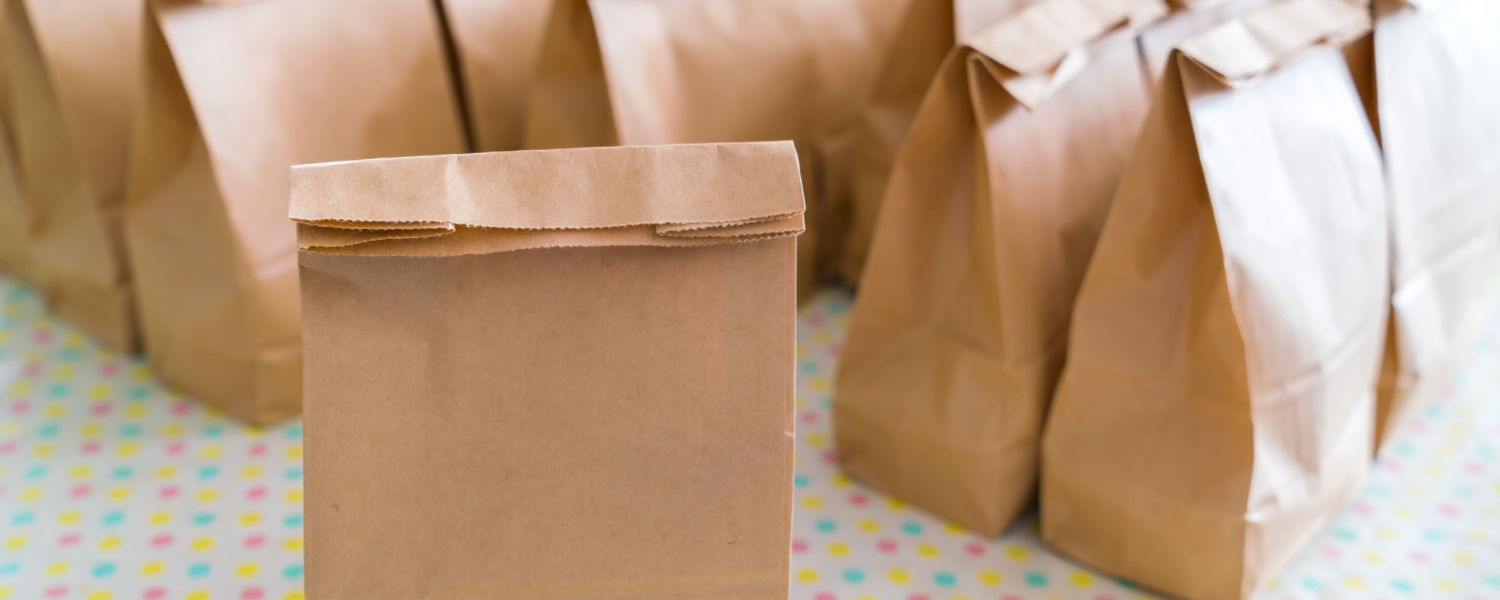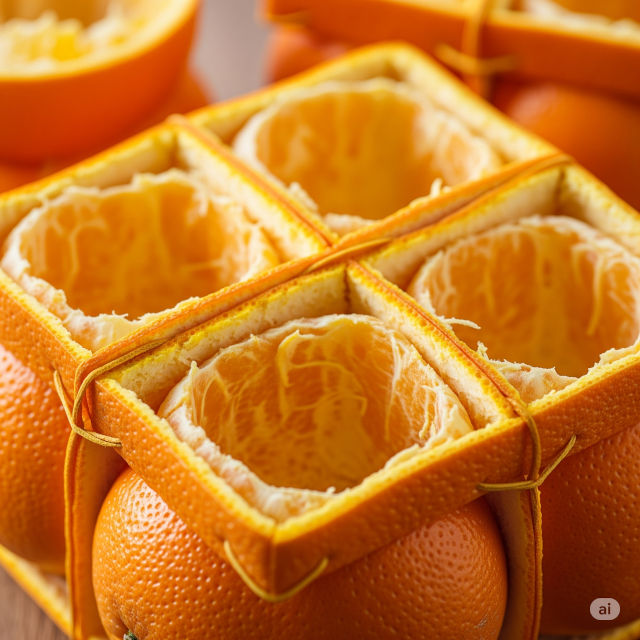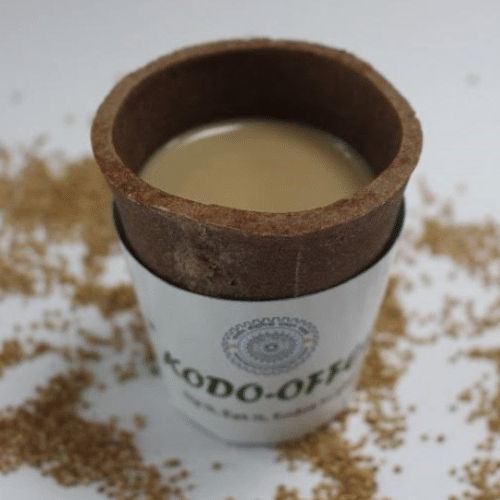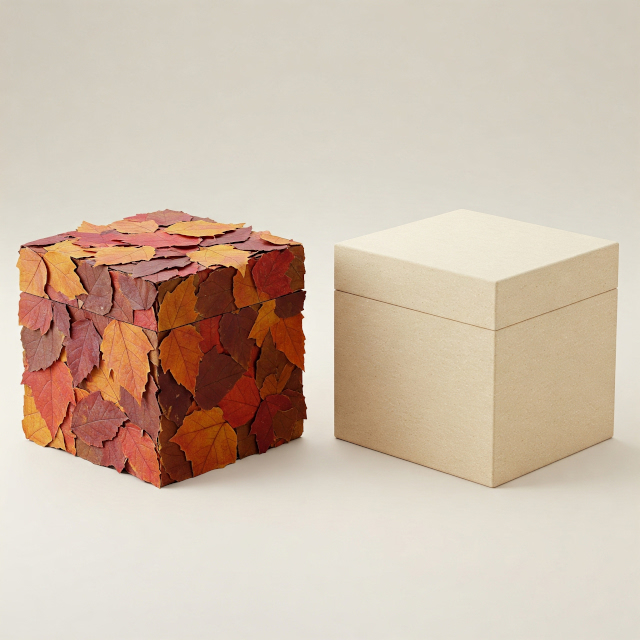Kraft paper packaging has long been celebrated for its remarkable blend of strength and simplicity, a go-to choice for both individuals and businesses seeking eco-friendly solutions. Originating from the late 19th century, this versatile material was invented by Carl F. Dahl in Germany. Dahl's invention was revolutionary, harnessing chemical processes to produce a stronger paper which was both durable and environmentally efficient.
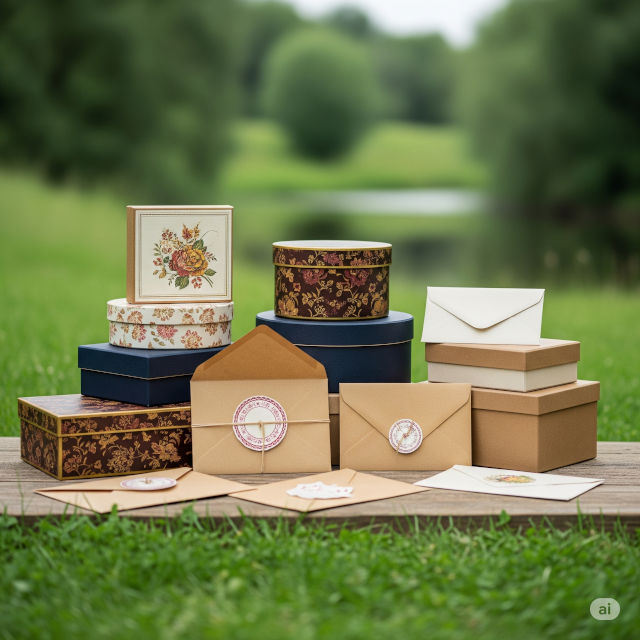
The Origin of Kraft Paper
Born out of necessity, Dahl's method utilised wood pulp and chemical treatments to create a paper that could withstand significant wear and tear. The word 'kraft' itself is derived from the German word for strength, aptly describing its robust nature. Over time, the kraft process became more refined, positioning kraft paper as a staple in the packaging industry.
 |
 |
Applications and Uses
Today, kraft packaging plays an integral role across a multitude of industries, widely adopted in sectors ranging from retail to food services. Known for its versatility, it is commonly used for grocery bags, wrapping, and even as customised packaging solutions in the Netherlands. It is because of its biodegradable nature that it's frequently chosen for eco-friendly packaging solutions, appealing to businesses keen on reducing their environmental footprint.
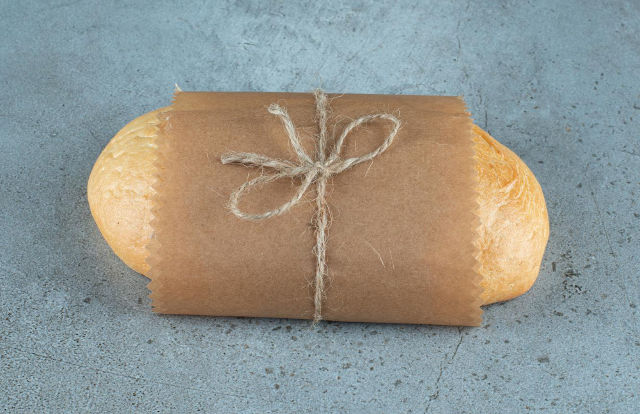

Composition and Properties
Kraft paper packaging is characterised by its composition of wood fibres processed using sulphate treatment. This method enhances its tensile strength, making it resistant to tearing and bursting. Additionally, kraft paper is available in various grades and thicknesses, enabling tailored solutions such as buying biodegradable bags in wholesale or opting for biobags made from natural starch.
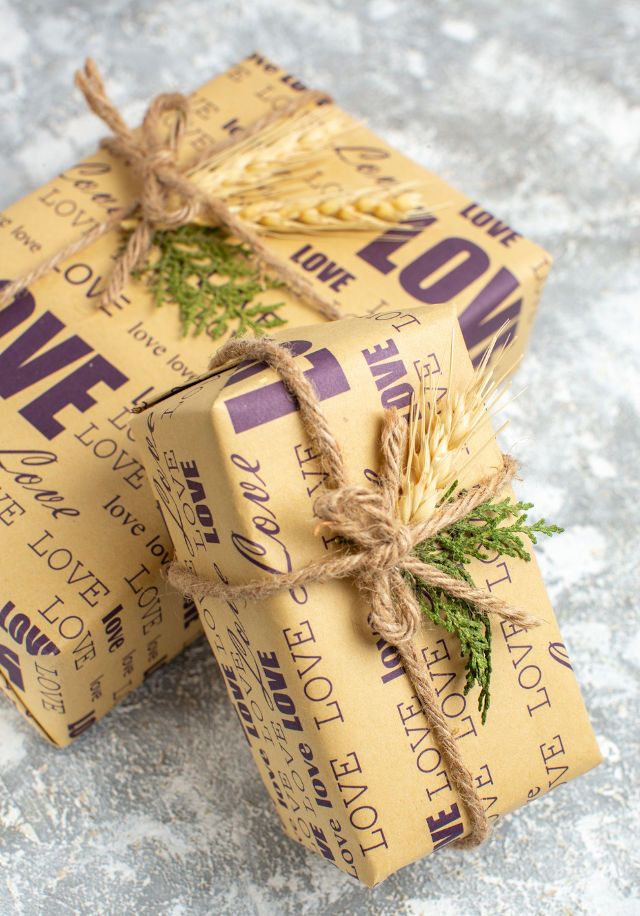
Environmental Friendliness
The environmental benefits of kraft paper are considerable. As a natural and biodegradable material, it decomposes swiftly when discarded, taking mere weeks to break down if thrown into soil. This decomposition process leaves behind no harmful residues, making it an excellent choice for businesses focusing on green technologies in the Netherlands. Its production requires fewer resources compared to synthetic alternatives, further bolstering its eco-friendly credentials.
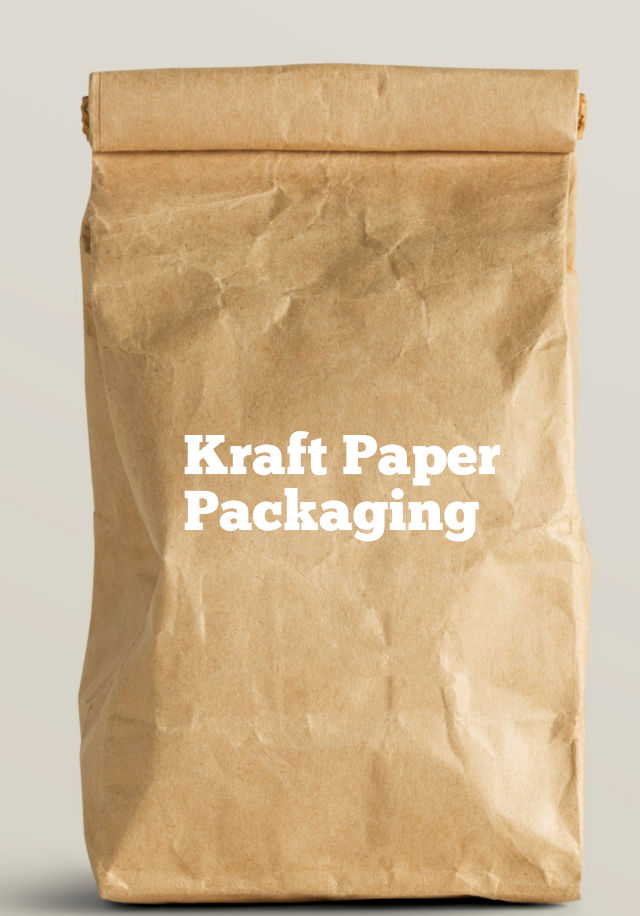
The Pros and Cons of Kraft Paper Packaging
- Pros: High durability, biodegradable, recyclable, and cost-effective.
- Cons: Limited resistance to moisture unless treated, less versatile in high-graphic printing compared to synthetic materials.
While kraft paper excels in its environmental benefits and simplicity, businesses must weigh these advantages against its limitations when considering customisation and moisture exposure. Despite this, the demand for kraft paper packaging continues to grow, driven by a societal shift towards sustainable packaging solutions for businesses in the Netherlands and beyond.
Conclusion
Kraft paper packaging stands out as a powerful example of sustainable innovation. Its combination of environmental attributes, strength, and adaptability ensures its enduring popularity. As businesses continue to seek eco-friendly alternatives, the versatility and robustness of kraft paper make it a commendable choice.
